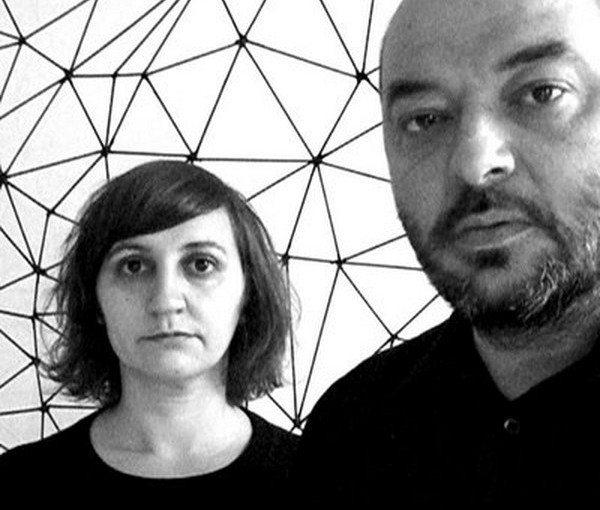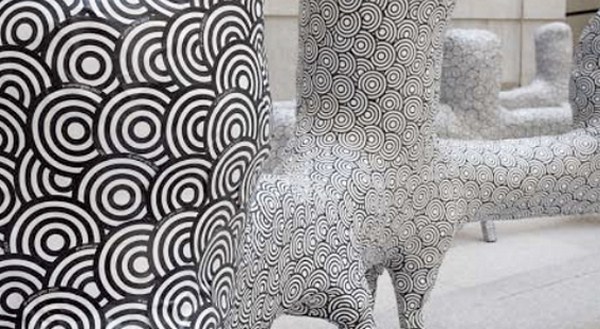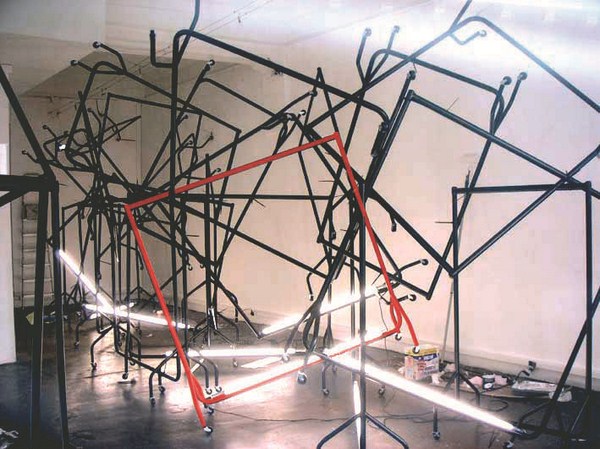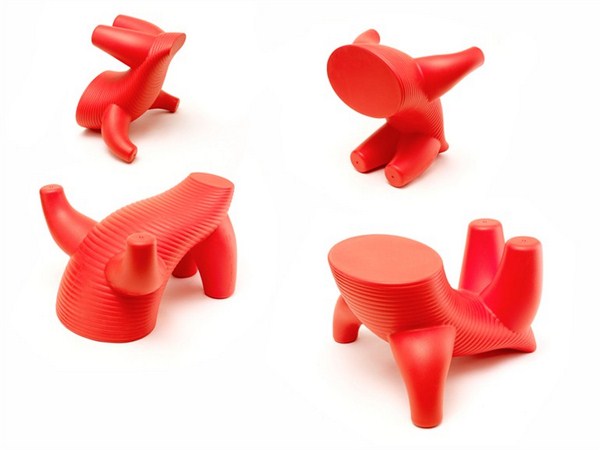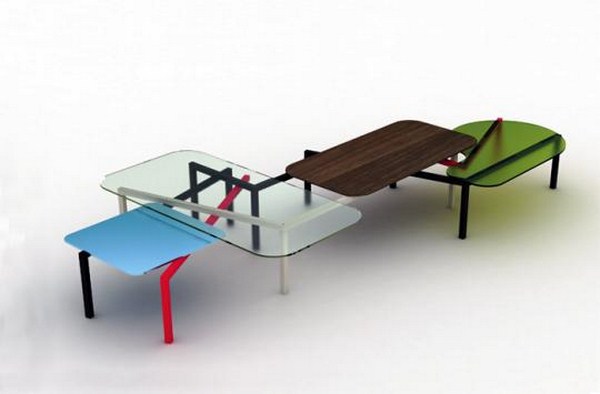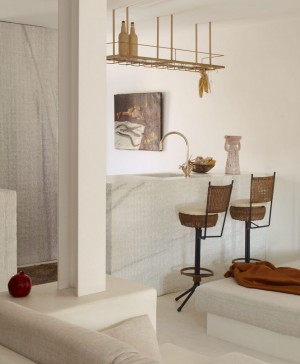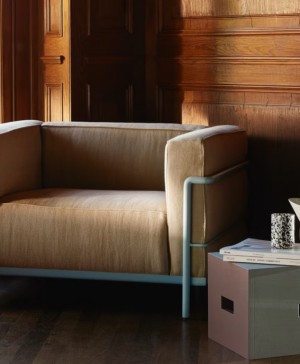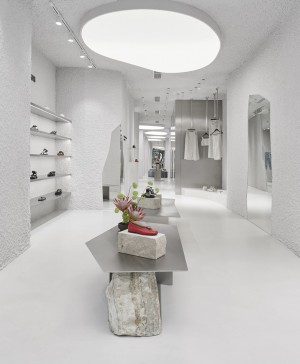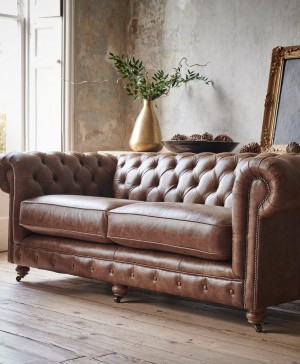Spanish designers in London. They left and never looked back?
Jaime Hayon (Madrid, 1974)
It took only a few years for Jaime Hayon to become the most popular Spanish designer of current times. The iconic artist trained in industrial design in Madrid, Paris and, finally, next to Oliverio Toscani and Luciano Benetton in the mythical Fabrica, where it didn’t take long before he started to stand out. He went from student to head of the Design Department and, eight years later, he started out on his own. He began with a collection of cult toys, furniture, interior design projects and installations. He stamped his unmistakable style in several ceramic works, which were exhibited in London, Frankfurt, Barcelona, Paris and Kuala Lumpur. And from there, he went on to stardom. His ironic aesthetic interpretation blurs the borders between art, design and interior design, and his unmistakable personal style have revolutionized the landscape of contemporary culture. Among his clients are B.D Barcelona, Established and Sons, Moooi, Metalarte, Swarovski, Bisazza, Lladró or Camper. He has offices in London, Valencia, Barcelona and Treviso but spends most of his time in Valencia.




 Roger Arquer (Barcelona, 1975)
Roger Arquer (Barcelona, 1975)
His re-interpretation of classic objects like birdcages, fishbowls and mousetraps gave him international acclaim. He surprised everyone with his capacity to project unique identities onto traditional icons. However, Roger Arquer, already had a good track record acquired in New York, after studying industrial design in the Escola Superior of Disseny (ESDI). He worked as an industrial designer and in 2003 he moved to London to study product design under the watchful eye of Ron Arad. He settled down in the British capital, started his own studio and never went back home. He currently combines his work as an industrial designer with teaching at Central Saint Martins and Camberwell. Among his products, the highlights are the Sputnik stools for Zilio A&C, the lamp-flower vase Touch for Bosa, the doorstopper Flamingo for Eno, lamp-sail Float for Mathmos and his new containers Funnel Friends for the Dutch company Royal VKB, that just won the Red Dot Design Award 2011.
 Cristian Zuzunaga (Barcelona, 1978)
Cristian Zuzunaga (Barcelona, 1978)
Thirteen is his magic number and thirteen are the years that Zuzunaga has been living in London. A big fan of typographies, this talented designer of unlimited creativity became known for his ability to combine those small particles called pixels. He does a balancing act decomposing colour and he is a great connoisseur of the world of fabrics. Brands like Kvadrat, Ligne Roset, nanimarquina, Moroso, Tate Gallery or Hästens commercialize his designs and his work is present in Moss NY. Marked by the artistic genes of his family, Zuzunaga also carries out artistic projects, many of them inspired by great metropolises like New York, London, Shanghai or Barcelona. He has a studio in London and a showroom in Barcelona.




 Ignacio Germade (Málaga 1967)
Ignacio Germade (Málaga 1967)
He is one of the most complete Spanish designers and practically the only one that has had experience in working for great multinational companies. In his more than twenty years of professional life, he has created global solutions for large consumer brands like Motorola, Xerox, Polaroid, Fila and IBM. He has worked as designer and creative director, working on all the disciplines of the industry, from product design to graphic designer or web designer, to exhibition curator or interior design projects. This prolific designer is the creator of some of the best sold mobile phones around the world, as well as electronic books or interactive showrooms. Today, he is part of the studio Lovely&Co, founded by Nick Jinkinson and Nick Woodley in 2009, and lives in Oxford.




 Héctor Serrano (Valencia, 1974)
Héctor Serrano (Valencia, 1974)
This tireless designer left the cradle of Valencian design eleven years ago to start his own studio in London, after specializing in product design at the RCA. He shot to fame in 2003 with the water lamp Waterproof for Metalarte and since then he has not stopped. Practically every year he surprises us with a new brilliant idea. In 2008 he charmed us with Lamp Sofa, inspired by the classic Chesterfield sofa, in collaboration with CuldeSac for Moooi; and with a new version of the classic English bus (he obtained the second prize in the contest for the “New Bus for London”, Transport for London). In 2009 we liked his Air stool in and outdoors for Gandía Blasco and the funny temporary tattoos Monsters and Animals. The following year, he presented the collection of vases and lamps made out of crystal and Natura cork for La Mediterranea. This year he has scored thrice: in Milan with two lamps (Carmen for FontanaArte and Woods for Arturo Alvarez) and another collection for Gandía Blasco. In addition, he also finds time to design installations, like the one he did for Roca, and curating exhibitions like Spain Emotion in Japan. His productivity is unbelievable.




 Óscar Díaz (León, 1975)
Óscar Díaz (León, 1975)
Oscar Diaz is the classic example of Spanish designer who went to study at the RCA and never came back. In 2006 he started his own studio, where he shapes his amazing creativity. You will recognize his products by the imaginative charge they emanate, befitting that of an inventor. The Ink Calendar, for example, starts off from the physical principle of capillarity: the paper slowly absorbs the ink and keeps on filling every day in the calendar; this way, as days go by, they are defined on the paper. His ultralight cutlery Found is made from recycled plastic bottles. He takes advantage of the curved shape of bottle to cut off plastic spoons, forks and knives, that later will be covered in copper or tin plate to give a bit of consistency to the pieces. Nonetheless, his most well-known design is the collection of vases RGB (red, green, blue), handmade in blown glass and sponsored by Veuve Clicquot. RGB works like three-dimensional filters of colour; the superposition of the colours creates new tonalities starting from the decomposition of the corporate yellow-orange of the French brand of champagne.
El Último Grito. Rosario Hurtado (Madrid, 1966) and Roberto Feo (Londres, 1964)
They are almost more British than Madrilenian. They moved to London in 1990 and in 1997 they founded El Último Grito. For the last four years, they’ve been living between the British capital and Berlin, where they have their second office. The name of their studio (literally The Last Shout meaning ‘the lastest” or “le dernier cri”) reflects the sense of humour with which they approach design. As do their products, like the lamp Guau for Arturo Alvarez (Red Dot Design Award 2010), the collection Mico for Magis or the tables Add Up for Uno. But above all, they are among the best when dealing with interior design and temporary installations.

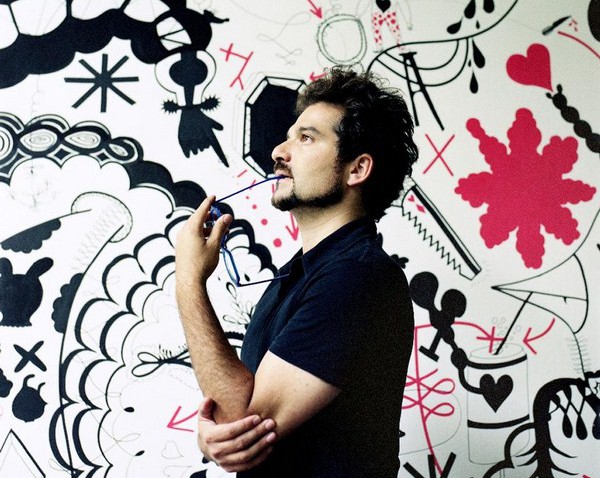
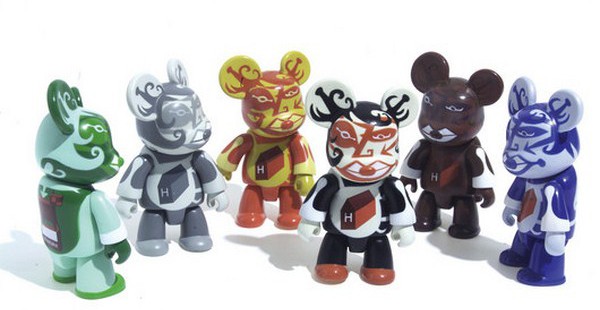
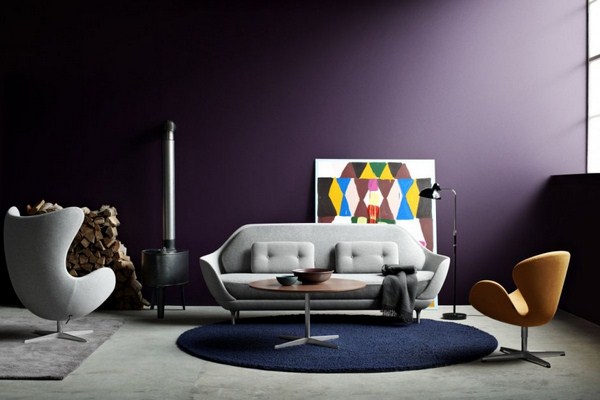
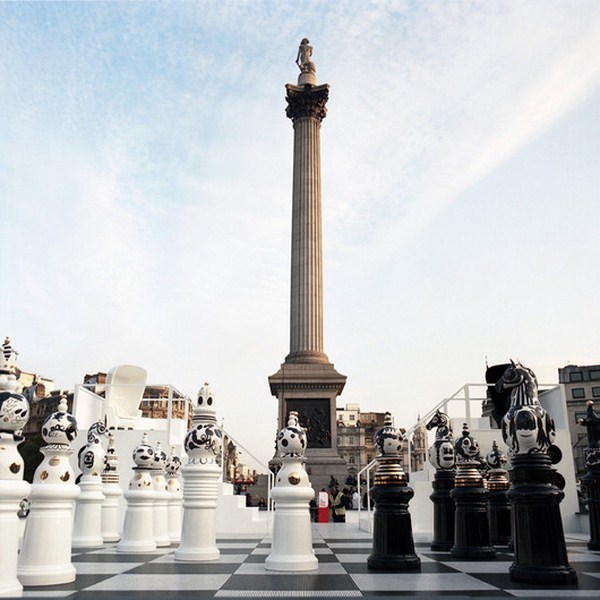
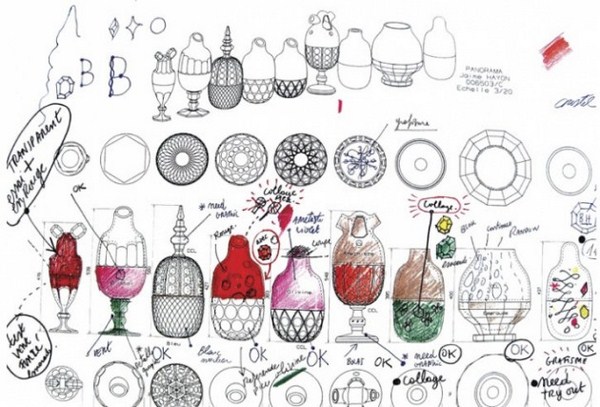

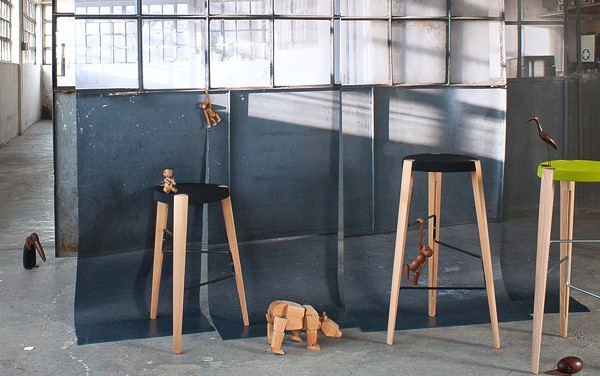
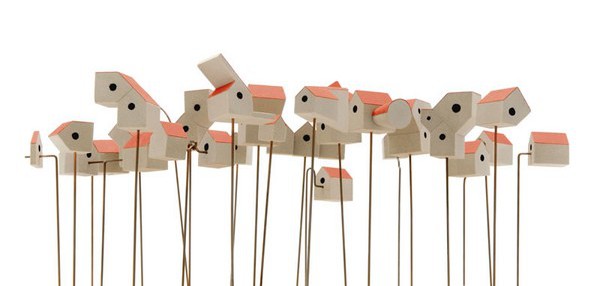

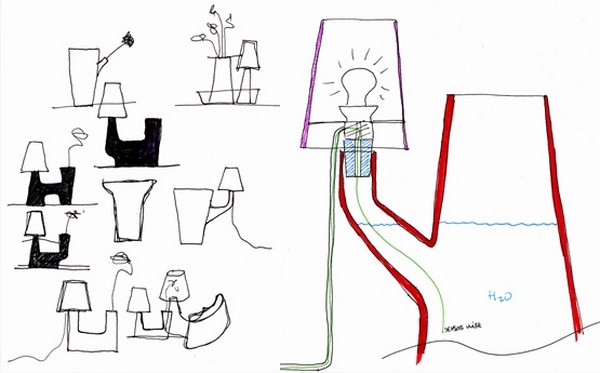 Roger Arquer
Roger Arquer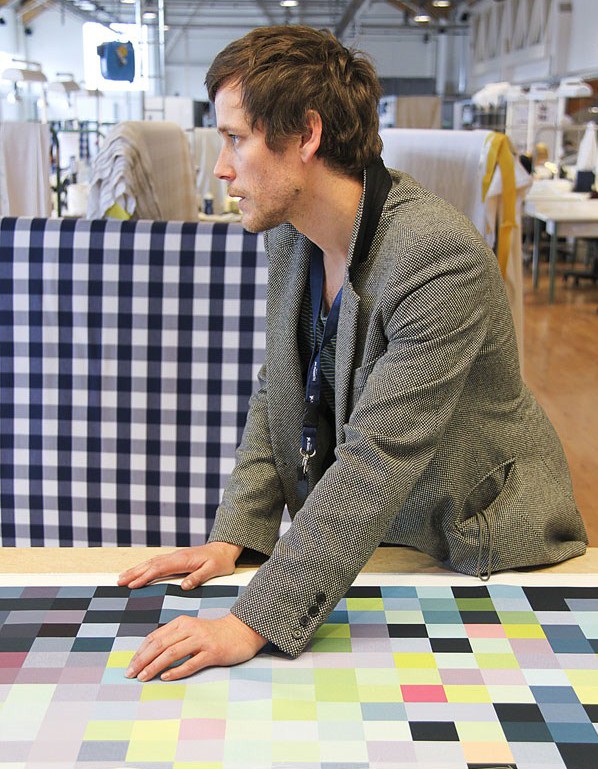
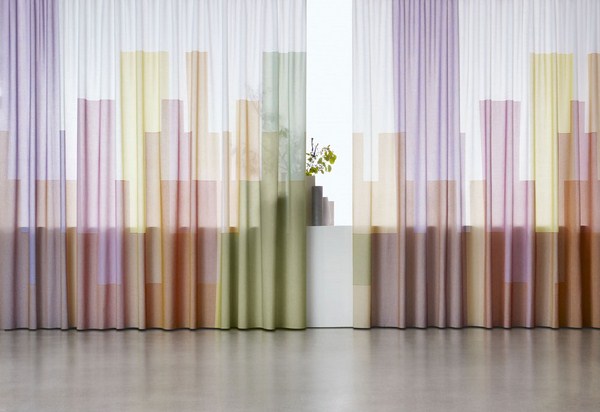
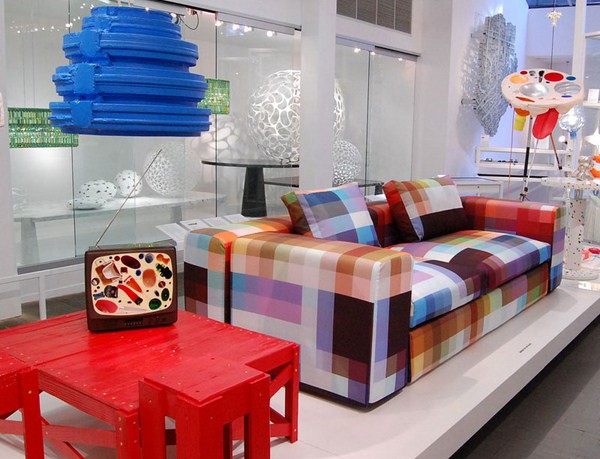
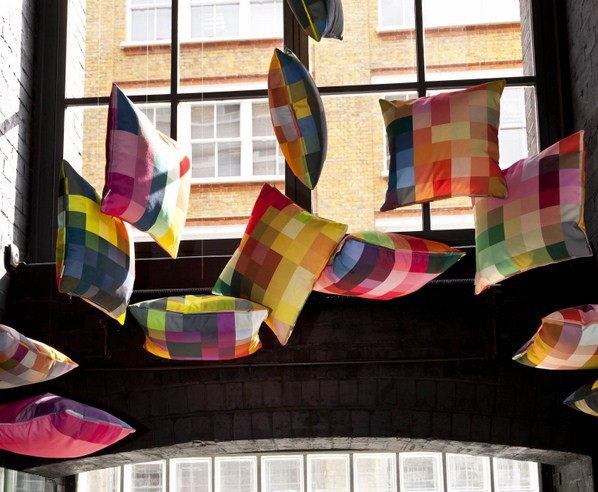
 Cristian Zuzunaga
Cristian Zuzunaga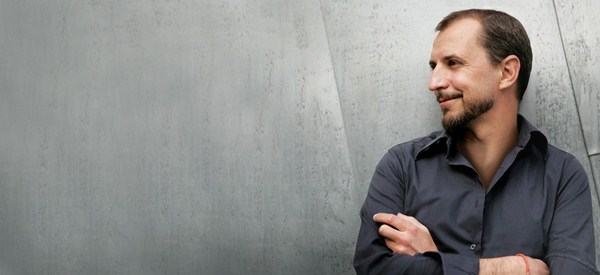
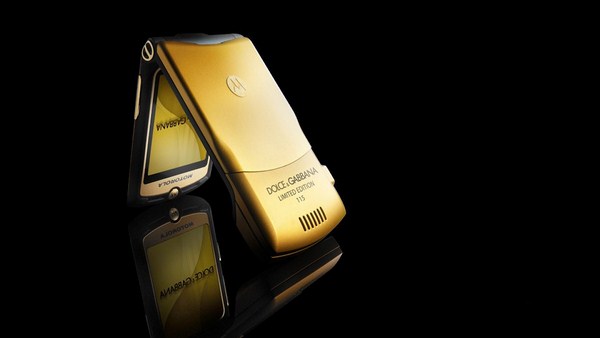
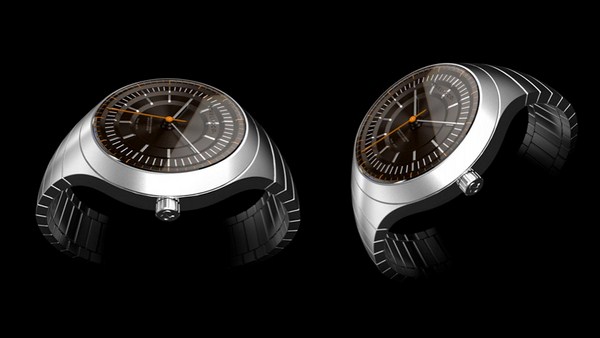
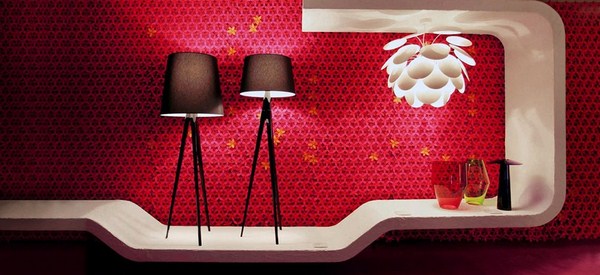
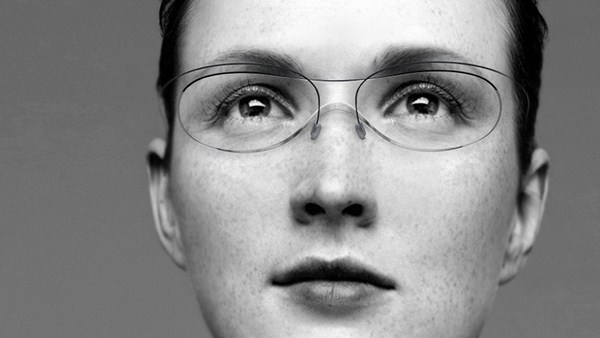 Ignacio Germade
Ignacio Germade
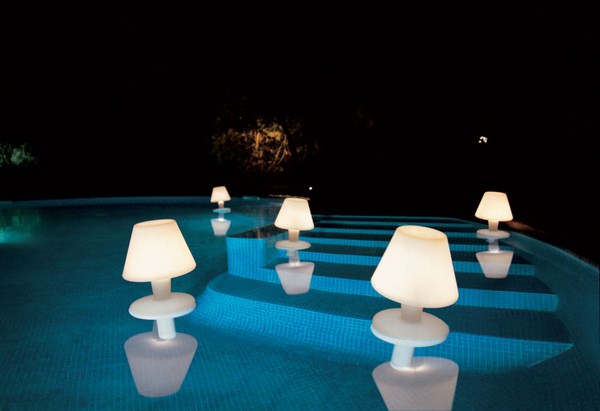
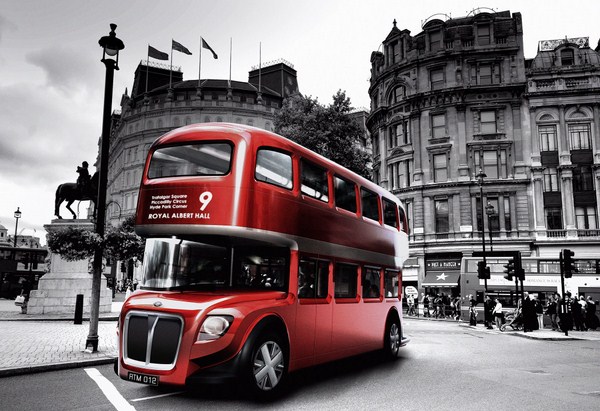

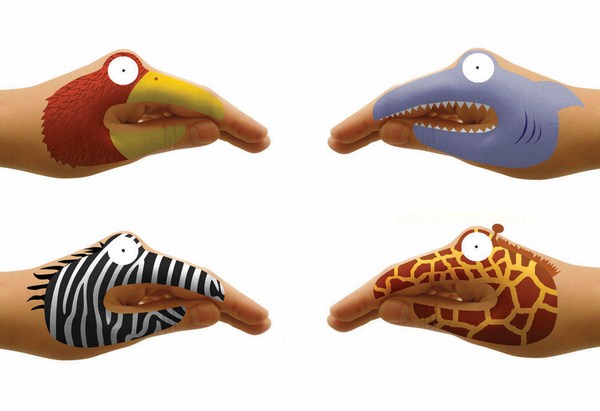 Héctor Serrano
Héctor Serrano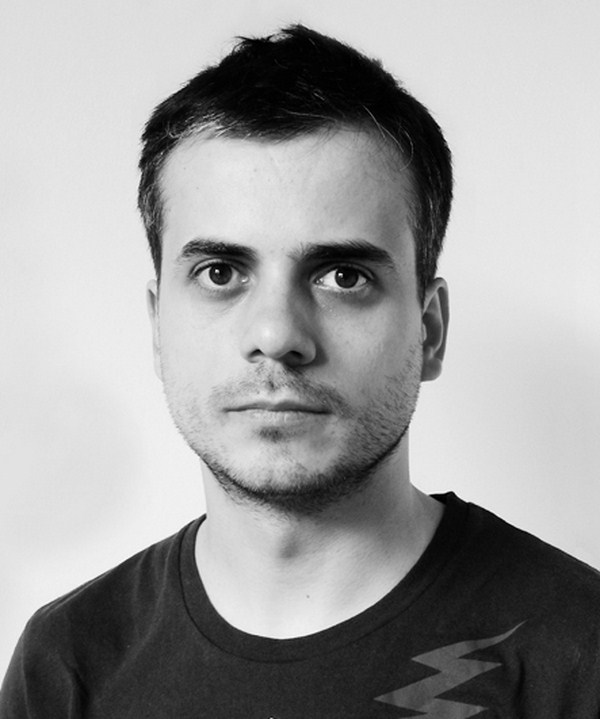
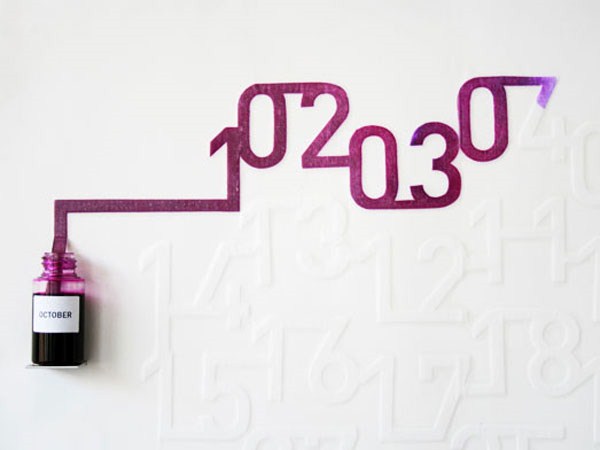
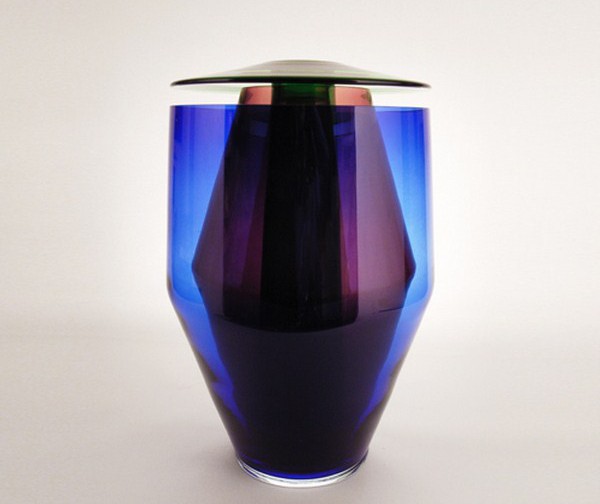
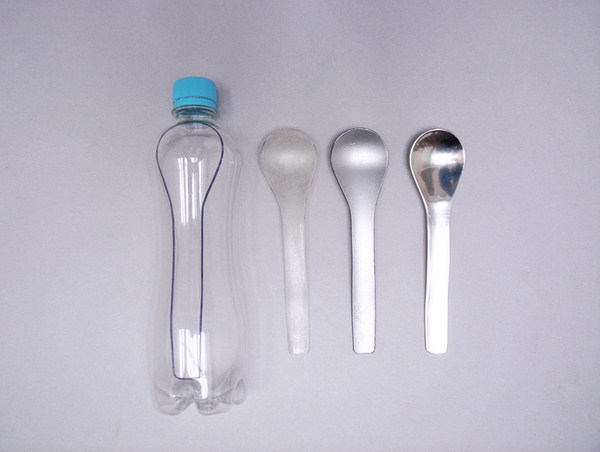
 Óscar Díaz
Óscar Díaz